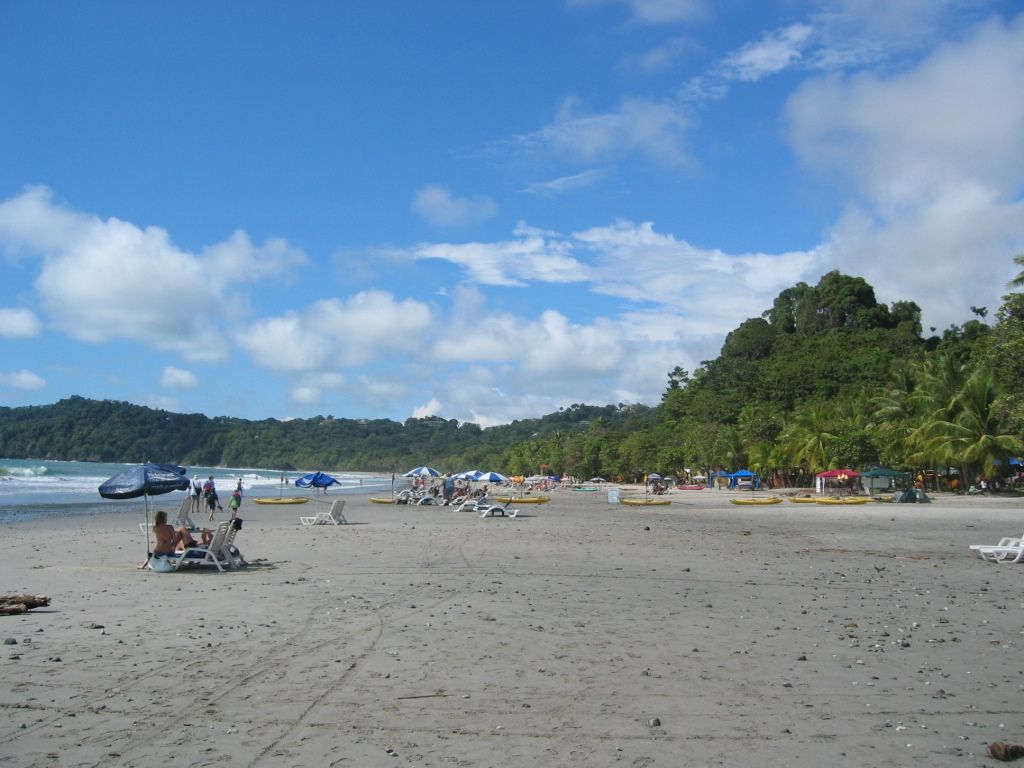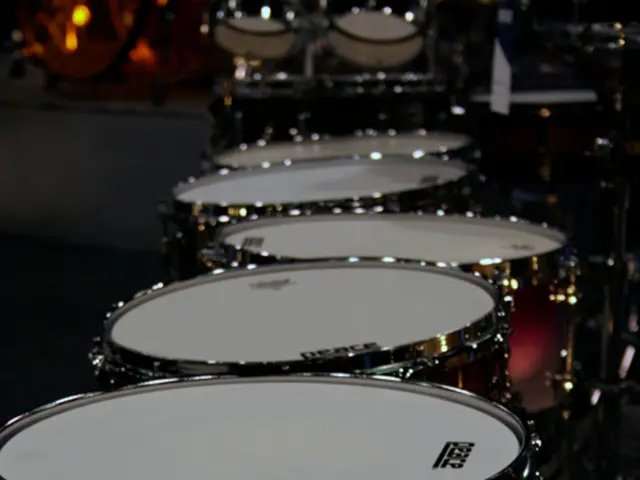Bombardment by Iran reveals insufficient bomb shelters for Palestinian communities within Israel's borders
In the small, close-knit Palestinian town of Tamra, nestled near Haifa, Israel, residents never expected to witness such devastation. This tight-knit community was shaken to its core after an Iranian missile hit a residential building late one evening, tragically claiming the lives of four civilians, as reported by Magen David Adom (MDA).
The missile struck the Khatib family home at around 11:50 pm, according to emergency responders. Among the victims were Manar Khatib, a local teacher, her daughters Shatha, 13, and Hala, 20, as well as Manar Diab. Only Manar's husband Raja and their youngest daughter Razan survived the horrific incident.
For the last 20 months, occasional rockets launched from across Lebanon's border have impacted northern Israel. However, Tamra had never experienced a strike of this magnitude - until the recent escalation of hostilities between Iran and the country.
The day following the attack, the mood in the Lower Galilee town was heavy with sorrow, compounded by rising anger over the lack of adequate bomb shelters. This has long been a pressing issue in Palestinian communities across Israel.
Bulldozers were busy clearing the debris on the street where the missile landed, as broken cars and shattered glass littered the area. Residents and volunteers gathered to offer comfort and condolences to one another. Buildings near the Khatib home sustained damage, and almost every home had its windows shattered.
Emergency rescue volunteer Mohammad Diab shared the harrowing scene with our company: "When we heard the strike, everyone in the village headed there to help. It was a very difficult and chaotic evening. We found body parts scattered across the street, and very tragic sights we didn't want to see."
Reaching the family was challenging due to the massive impact, and emergency responders had to search for survivors trapped under the heavy debris of the three-story building.
Neighbor Mohammad Shama described the terrifying events of Saturday night: "As soon as the tensions started with Iran, we knew the situation would be dangerous, but we didn't think the danger would come this close to us." He rushed to his neighbors' home as soon as he heard the blast, trying to help retrieve the bodies. Only the youngest daughter survived because she was sleeping in the room designated as a shelter, he said.
However, not every home in Tamra has even a shelter. Data shows that only about 40% of Tamra's 37,000 residents have access to safe rooms or adequate shelters[3][4]. In response to the attack, the town's mayor decided to open up educational facilities in Tamra to serve as temporary shelters for anyone who didn't feel safe sleeping at home.
"The government has never funded the construction of shelters in our town because they have other priorities," Abu Rumi said. He hopes that high-ranking officials who have visited the town in the wake of the attack will take this opportunity to address the neglect and inequality that exists in Tamra, as well as bridging the gap between Jewish and Palestinian citizens of Israel.
The Israel Democracy Institute (IDI), an independent research center, published a report following the Tamra attack, emphasizing how "Arab communities remain unaddressed" for nearly two years since the onset of the war[3]. The report pointed to the "significant gaps in protection" between Arab and Jewish communities, particularly in terms of civil defense infrastructure.
Ensuring the safety of citizens during missile alerts is a core component of Israeli law. All homes, residential buildings, and industrial buildings constructed since the early 1990s are required to have bomb shelters. These shelters provide crucial protection to Israelis when sirens warn of incoming rockets.
However, many Palestinian towns in Israel's northern district lack access to public shelters, fortified areas, and shelter facilities[3]. The Association for Civil Rights in Israel underscores the urgency of addressing this disparity, especially in light of the sensitive situation in the northern district.
Meanwhile, social media videos have highlighted the increasingly strained divisions within Israeli society. Videos from a neighboring town, Mitzpe Aviv, show Jewish Israelis celebrating the rocket attacks on Tamra, shouting "may your village burn!" Some viewed these scenes as a reflection of the culture of racism and escalating fascism in Israel[6].
Knesset member Dr. Ahmad Tibi and Naama Lazimi harshly criticized these videos, with Lazimi expressing "shame and disgust." Meanwhile, Tamra resident Nejmi Hijazi expressed disappointment that even in their own country, Palestinians can feel like outsiders or even enemies.
In other instances, social media videos emerged showing Palestinians in occupied East Jerusalem celebrating Iranian attacks on Tel Aviv. These events have raised concerns and sparked debate within Israeli society about the deepening divisions and the need for greater unity and understanding.
- The incident in Tamra highlights the need for policy-and-legislation changes, as only about 40% of its residents have access to safe shelters, while Israeli law requires bomb shelters in all homes constructed since the early 1990s.
- General-news reports have shown the increasing divide within Israeli society, with Jews in Mitzpe Aviv celebrating the rocket attacks on Tamra, while Palestinians in occupied East Jerusalem have celebrated Iranian attacks on Tel Aviv, raising concerns about unity and understanding.
- Health-and-wellness, war-and-conflicts, and politics are intertwined in this story, as the tragedy in Tamra underscores the lack of sufficient bomb shelters, the escalation of hostilities between Iran and Israel, and the calls for the Israeli government to address the neglect and inequality in Palestinian communities.







